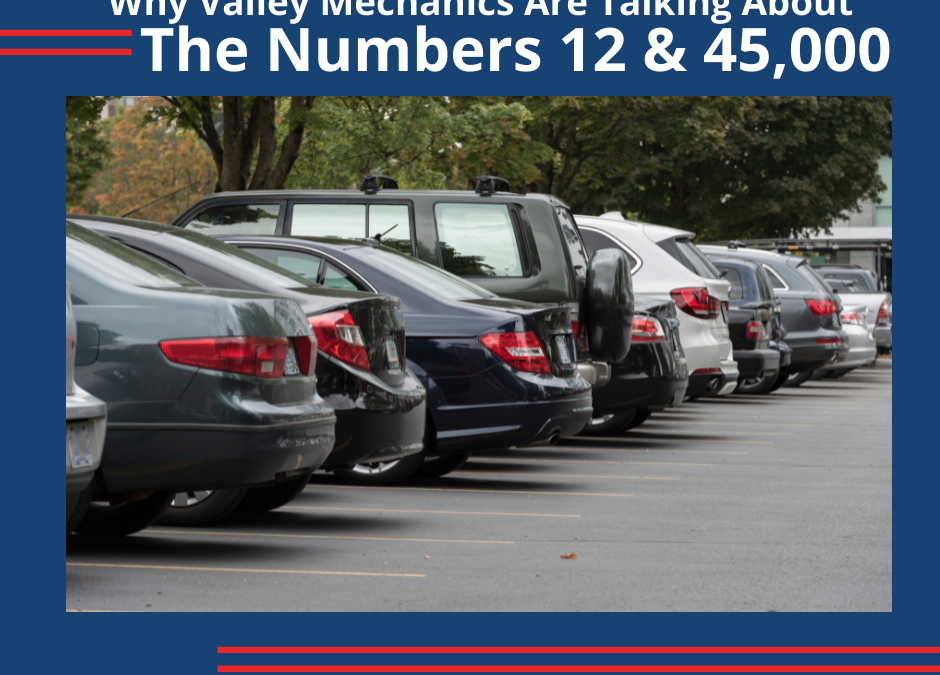 (PHOENIX)– Maybe it’s advice you picked up from a family member or friend. Or, tips you came across while surfing the web. While they may sound logical they could end up costing you in the long run. That’s why your Neighborhood Auto Repair Professionals (NARPRO) are busting 5 car maintenance myths.
(PHOENIX)– Maybe it’s advice you picked up from a family member or friend. Or, tips you came across while surfing the web. While they may sound logical they could end up costing you in the long run. That’s why your Neighborhood Auto Repair Professionals (NARPRO) are busting 5 car maintenance myths.
Myth #1: Warm up your engine before driving.
- This is outdated advice. Driving your car is the fastest way to war up a modern engine. Modern engines warm up more quickly when you’re driving. The sooner it warms up, the sooner it delivers the best mileage and performance.
Myth #2: Tires should be inflated to the pressure shown on the tire itself.
- The number shown on your tire’s sidewall is actually the maximum pressure the tire can hold, not the recommended pressure.
- On newer cars, you can find the recommended PSI (pounds per square inch) on a sticker inside the driver’s door. If there’s no sticker, check the owner’s manual.
- For the most accurate reading, check the pressure when the tire is cold, after the car has been parked for a few hours out of the sun or overnight.
Myth #3: Tires don’t need to be replaced until the tread depth is 2/32 inch.
- While the U.S. Department of Transportation recommends replacing tires with 2/32 inch depth that shouldn’t be the only consideration. Tire performance can diminish before the minimum depth of 2/32 inch and put you at risk of hydroplaning or losing control in wet conditions.
- Whether you should replace all four tires at the same time depends on the conditions of all four tires. You can replace individual tires as long as they’re the same brand, model and size as the others. To maximize the life of your tires, have them regularly rotated every 5-6,000 miles.
Myth #4: You should have oil changed every 3,000 miles.
- This is outdated advice. Thanks to improvements in synthetic oils and engine design, many vehicles can go 5 to 7,500 miles between oil changes. If you change more often, it won’t hurt the engine. Twice a year should be the minimum and generally four times a year works best. Each visit the technician can check fluid levels and tire pressure.
Myth #5: Premium fuel is better than regular-grade fuel.
-Most cars are designed to run on regular-grade fuel (87 octane). Higher-octane fuels are usually used in hotter-running, high compression vehicles like sports cars and certain luxury cars to prevent engine knocking. The Federal Trade Commission (FTC) says using premium gas can add up to $100 or more in extra fuel costs. Use the octane grade recommended in your car’s manual.
There’s another myth that involves cars under warranty. Some people think they must take their car to a dealership or the warranty is void. That’s a myth. Your warranty is valid until the expiration date. Keep your receipts or use a shop that maintains your vehicle and its history. The only time you must take your vehicle to the dealership is when a recall is involved.
NARPRO (Neighborhood Auto Repair Professionals): The Neighborhood Auto Repair Professionals (NARPRO) helps car owners find skilled and honest car repair shops. NARPRO only recommends independent, family-owned, full-service auto repair shops that have passed 26 rigorous tests. Visit www.NARPRO.com to find recommended shops near work or home. NARPRO is the easiest way to find an honest mechanic in the Valley.






